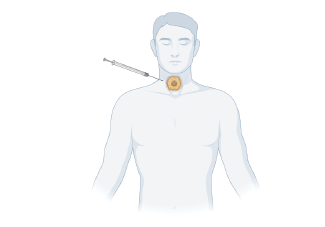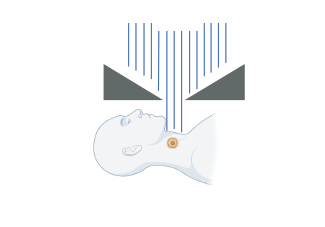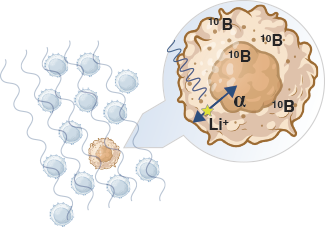


BNCT is biochemically targeted radiation therapy. Boron-10 (10B) atoms are selectively delivered to the tumor, followed by irradiation with low energy neutrons.
The stable boron isotope 10B has a large neutron capture radius. Thus, 10B is more likely to capture neutrons than many other elements that are present in biological environments (e.g., nitrogen and hydrogen). A fission reaction occurs upon neutron capture, and a lithium ion and an alpha particle are produced. These particles have high kinetic energies, but their range is only about 10 microns. This leads to very efficient cancer cell killing precisely at the site of boron accumulation.
Remarkable efficacy in hard-to-treat patients despite using a suboptimal boron carrier.
Suitable for many kinds of solid tumors.
Less side effects than conventional radiation therapy.
Does not exclude other treatments.
No issues with radiation dose accumulation.
Short hospital period, outpatient in many cases. Only one or two treatment sessions.